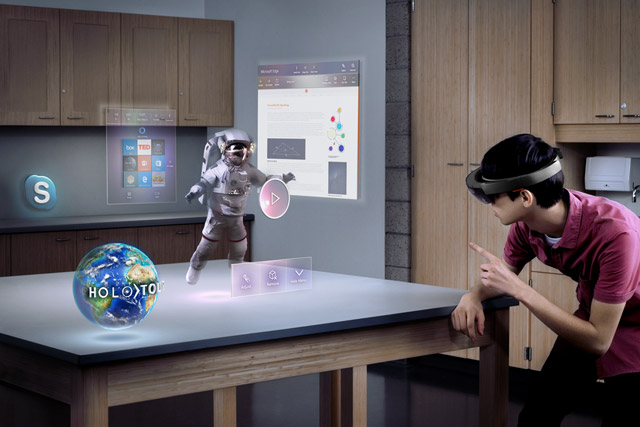The Integration of Virtual and Augmented Reality in Modern Media Production
Introduction
Virtual reality (VR) and augmented reality (AR) are rapidly transforming the landscape of media production, offering exciting new ways to create immersive and interactive experiences for audiences across various industries such as film, television, gaming, advertising, education, and live events.
Defnition of AR and VR
VR creates a fully immersive computer generated environment that users can explore and interact with, typically through headsets or other devices. AR overlays digital elements onto the real world, allowing users to interact with them in real-time using devices like smartphones, tablets, or AR glasses.
Benefits of VR and AR in Media Production
Increased Engagement: VR and AR create
highly engaging experiences that capture
the audience's attention.
Enhanced Storytelling: They offer
innovative ways to tell stories, making
audiences feel part of the narrative.
Improved Learning and Training: VR and
AR simulations help in effective learning by
creating realistic scenarios.
Greater Accessibility: These technologies
make media content more accessible,
especially for people with disabilities

Examples of VR and AR in Media Production
Film and Television: VR enables immersive
experiences with 360-degree videos, while AR
enhances storytelling and visual effects in
television shows.
Gaming: Both VR and AR offer immersive gaming
experiences, with VR providing a sense of
presence within the game world and AR
overlaying virtual elements in the real world.
Marketing and Advertising: VR and AR are used to
create engaging and interactive experiences for
brands, allowing consumers to explore products
or engage with virtual advertisements
Education and Training: VR simulations
aid in practical training, while AR
enhances traditional learning materials
and provides immersive educational
experiences.
Live Events and Broadcasting: VR
broadcasts offer remote viewers
immersive experiences of live events,
while AR overlays digital information onto
live broadcasts, enhancing viewer
engagement.

Future of VR and AR in Media Production
Decreasing Hardware Costs: VR and AR
hardware costs are expected to decrease,
making them more accessible.
Improved Software Tools: The development
of new and improved software tools will
simplify VR and AR content creation.
Rise of the Metaverse: The emergence of the
metaverse could lead to new opportunities
for VR and AR content creation.
Conclusion
The integration of virtual and augmented reality in modern media production is a rapidly growing trend with the potential to revolutionize storytelling, entertainment, education, and marketing. As these technologies continue to evolve, we can expect to see even more innovative applications across various industries in the future

